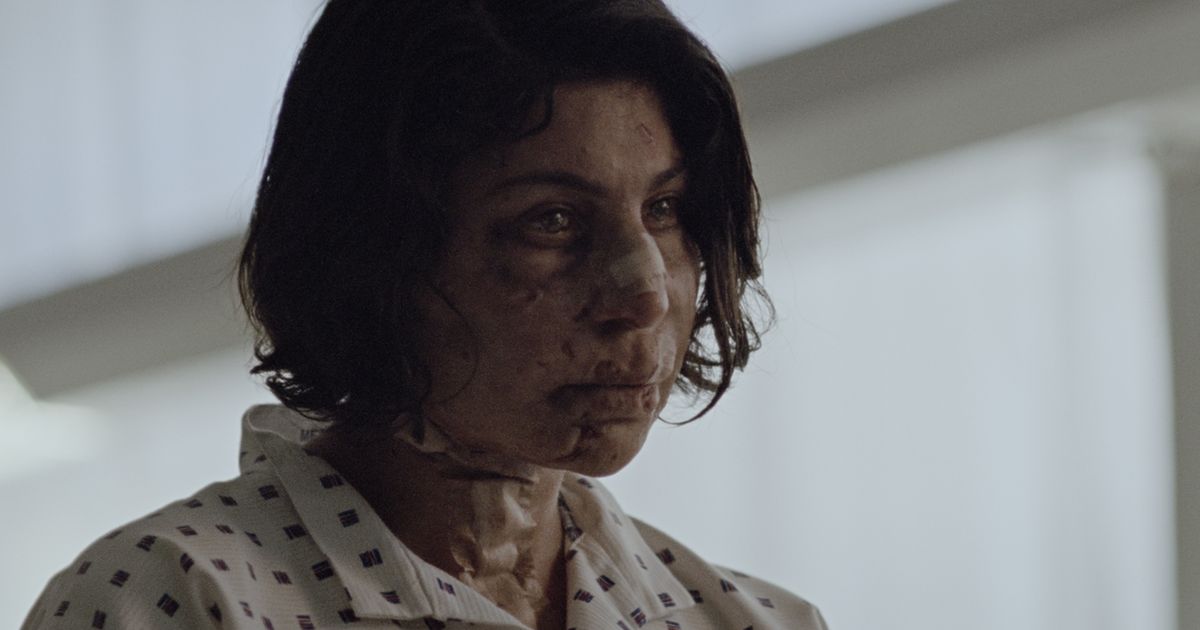Hi, I’m Malcolm Washington, the co-writer and director of “The Piano Lesson.” So this scene here is the climax of the film. So all spoilers ahead. In the film, Berniece, played by Danielle Deadwyler, she has a complicated relationship with the piano and has been afraid to play it because, in her words, she doesn’t want to wake the spirits up that the piano conjures. Her brother, Boy Willie, who’s been trying to sell the piano the whole movie, is having a fight to the death with a ghost upstairs as he has to confront a kind of spiritual reckoning happening within himself. So this moment, Danielle’s Berniece decides that she must confront this thing and lay hands and play the piano for the first time. This was a sequence that we spent a lot of time talking about in shooting it and then the cutting process. We have all of our themes converge here. The idea of shadow and light, of truth and secrets, and confronting the deepest parts of ourself to get through. And transcend. Call on ‘em, Berniece, call on ‘em. I love what Danielle does here. She just goes somewhere else, really. And I think if you talk to her now about this sequence, she wouldn’t even remember shooting it. This here. We wanted to tell a story of Black spiritual practice in America. So, in our spiritual practice, there’s these two different traditions, the Black Southern Christian tradition and roots from West African spiritual practice. And we engage with both of them here in acknowledging the iconography of some West African spiritual practice in Berniece’s white dress. The idea that you can call on your ancestors and that there’s a boundaryless relationship between the living and the dead. So here she’s conjuring the spirits of her ancestors, chanting their names. “I want you to help me, I want you to help me, I want you to help me Mama Berniece, I want you to help me.” Declaring their identities and finding power in it. So as this scene builds, you’ll see the cutting rhythm intensifies, the lighting intensifies as she conjures these spirits in an attempt to exorcise this ghost. Avery is there representing our Christian spiritual practice as well. And he opens the portal to all of this. At this moment in the sound, you’ll start to hear the rumble of the house, the drums of Africa come in, followed by a choir voices representing our ancestors and the beauty that they carry with them. This whole film, there’s been a haunting around and the haunting was scary at points. But here we see that it’s powerful in beauty. I always like this image here because it’s a family portrait of sorts. I was looking at, there’s a Japanese photographer called Masahisa Fukase, and he did this family portrait series that really inspired the frames here of the family. And when they come in, she’s able to finally exorcise this ghost and clear the trauma of this family past as they all lay hands on her and the flame ignites. Peace is restored. The famiy’s connected to each other and to the ancestors before them. And there’s beauty there.



